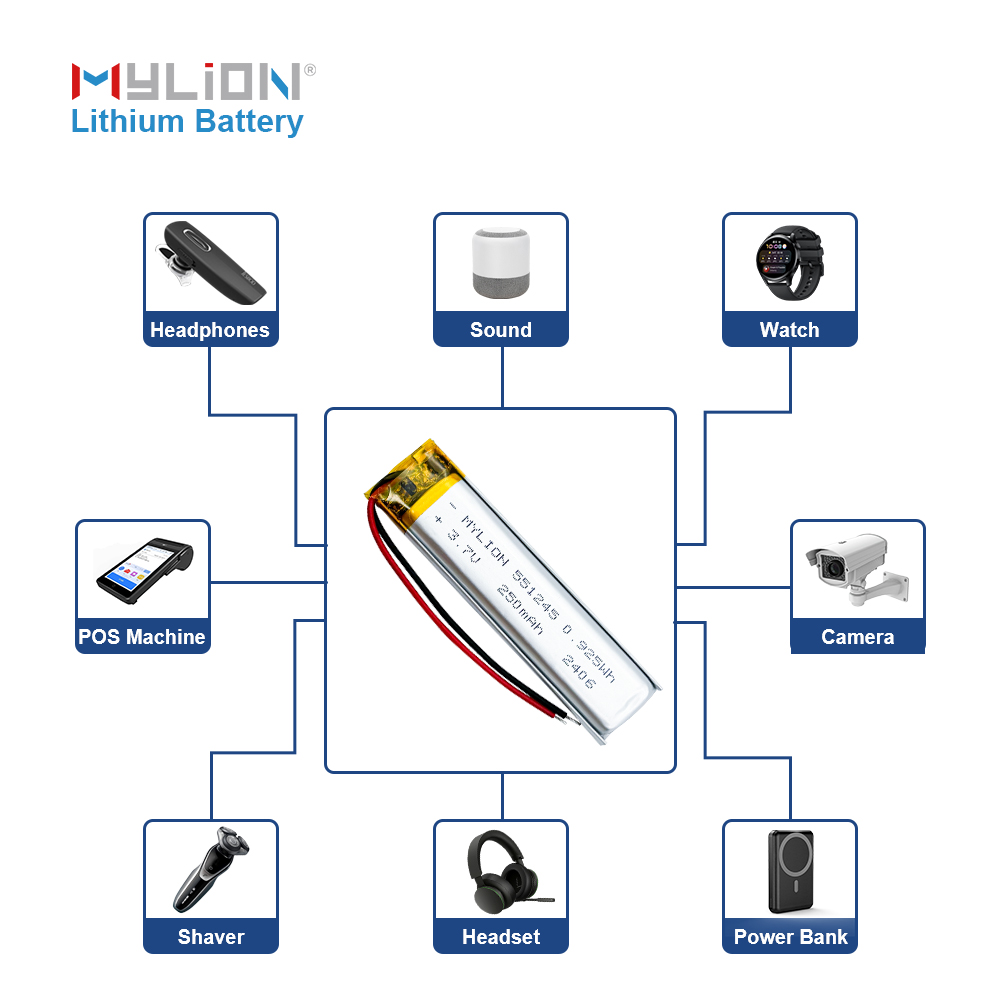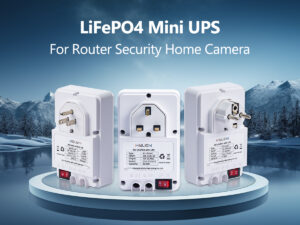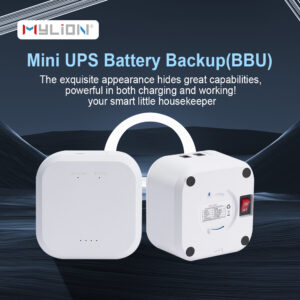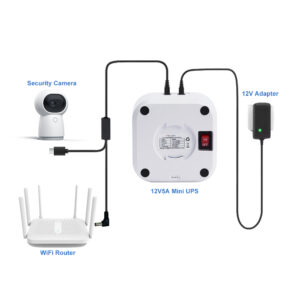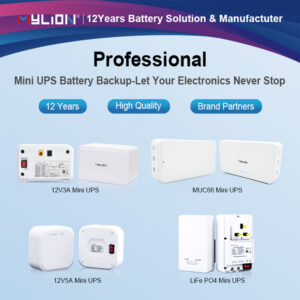Lithium polymer (LiPo battery) technology has become the power source of choice for everything from drones to remote-controlled toys and portable electronics. Its light weight, high energy density, and efficient power delivery make it a top choice for many applications. However, choosing the right lithium polymer battery can be a challenge, especially when considering various factors such as capacity, discharge rate, cycle life, and safety. This guide will help you navigate these aspects and choose the best lithium polymer battery for your needs.

1. Know the Basics: Key Factors to Consider
When choosing a lithium polymer battery, it is important to consider the following factors:
Capacity/Discharge rate/Cycle life/Safety features
Each of these elements plays a significant role in the performance, lifespan, and overall safety of a lithium polymer battery. Let’s take a deeper look at each of these factors and how they can impact your decision-making process.
2. Battery Capacity: Choosing the Right Size
Capacity, measured in milliamp-hours (mAh), is one of the most critical specifications when choosing a lithium polymer battery. It determines how much energy the battery can store and how long it can power a device before needing to be recharged.
Capacity for Drones and Remote Control (RC) Vehicles
For drones and RC vehicles, capacity is often one of the first factors to consider. Lithium batteries with higher mAh values will provide more flight or run time, but will also increase weight. Therefore, finding a balance between capacity and weight is critical.
Drones: Small hobby drones may use lithium polymer batteries with a capacity between 1,000mAh and 5,000mAh. For larger professional drones used for aerial photography or surveying, the battery capacity can reach 10,000mAh or more.
RC Cars and Boats: For RC vehicles, the capacity required depends on the size of the model and the type of terrain. A smaller RC car might use a lithium polymer battery with a capacity of about 1,500mAh, while a larger off-road vehicle or boat might require a battery with a capacity of more than 4,000mAh.
When choosing a lithium battery, make sure the battery’s capacity matches the expected run time of the device. For drones, higher capacity batteries will increase flight time but may reduce agility due to increased weight.
Portable Electronics Capacity
For devices such as portable speakers, cameras, or other handheld devices, lithium batteries with smaller capacities (usually in the 1,000mAh to 2,000mAh range) are often sufficient. These devices do not require long battery life but rely on high energy density to achieve compact size and lightweight design.

3. Discharge Rate: Powering High-Performance Devices
The discharge rate, often referred to as the “C rating,” indicates how quickly a lithium polymer battery can safely discharge its stored energy. This is a critical factor for high-power applications such as drones, RC cars, and certain portable devices that require sudden bursts of power.
Discharge Rates for Drones and RC Cars
For devices such as drones and RC cars, the C rating of a lithium polymer battery determines the maximum current the battery can deliver without overheating or becoming damaged. The higher the C rating, the more power the battery can deliver in a short period of time.
Drones: Commercial and racing drones require quick bursts of energy for rapid acceleration or heavy lifting, and typically use lithium polymer batteries with C ratings up to 20C or higher. For high-performance racing drones, these batteries may have C ratings as high as 50C.
RC Cars: Racing RC cars or off-road vehicles also require high discharge rates, and batteries have C ratings of 25C to 40C. The higher the C rating, the more power the RC car has for quick takeoffs or high-speed racing.
When selecting a LiPo battery for a high-performance application, make sure the discharge rate is adequate for the power needs of the device. Using a LiPo battery with a lower C rating in a high-power device can result in overheating, shortened battery life, or even dangerous failure.
Discharge Rates for Portable Electronic Devices
For low-power applications such as portable speakers or small drones, the required discharge rate is typically much lower. For most portable electronic devices, a C rating of approximately 5C to 10C is sufficient.
4. Cycle Life: The Lifespan of LiPo Batteries
Cycle life refers to the number of charge and discharge cycles a LiPo battery can go through before its capacity drops to 80% of its original value. This is an important consideration, especially for consumers or businesses that use LiPo batteries frequently.
Longer Cycle Life for Commercial Applications
If you are using LiPo batteries for commercial applications, such as drones used for mapping, surveying, or delivery, you will want batteries with longer cycle life. Batteries with high-quality cells and rugged construction typically provide cycle lives of 300 to 500 cycles.
Drones used for commercial purposes may require multiple flights per day, so choosing LiPo batteries with longer cycle life ensures that the battery will perform well over time, reducing replacement costs and downtime.
Cycle Life for Remote Control Toys and Hobbyists
For recreational use, a LiPo battery with a lower cycle life (around 150 to 200 cycles) may be acceptable, especially if the device is not used frequently. However, for those who take their hobby seriously or use their device in competitions, a longer cycle life will be more cost-effective in the long run.
5. Safety Features: Minimize Risk and Maximize Protection
One of the most important aspects when choosing a lithium polymer battery is ensuring its safety. Lithium polymer batteries are highly efficient, but they also pose risks if not handled properly.
Battery Protection Circuits
Some lithium polymer batteries come with built-in protection circuits that protect against overcharging, over-discharging, and short circuits. These circuits help prevent dangerous conditions that could result in thermal runaway or fire.
Safe Packaging and Enclosures
Another important consideration is the physical packaging of the lithium battery. Most high-quality lithium batteries come in reinforced, padded enclosures that protect the battery from physical damage. Whether you are using the battery in a drone, remote-controlled car, or portable device, make sure the lithium polymer battery is mounted in a durable and secure enclosure to prevent punctures or ruptures.
Lithium Polymer Safety Bags
If you plan to charge or store lithium batteries, it is recommended to use a lithium polymer safety bag or fireproof storage bag. These are designed to contain potential fires or explosions in the event of battery failure, providing an extra layer of safety.
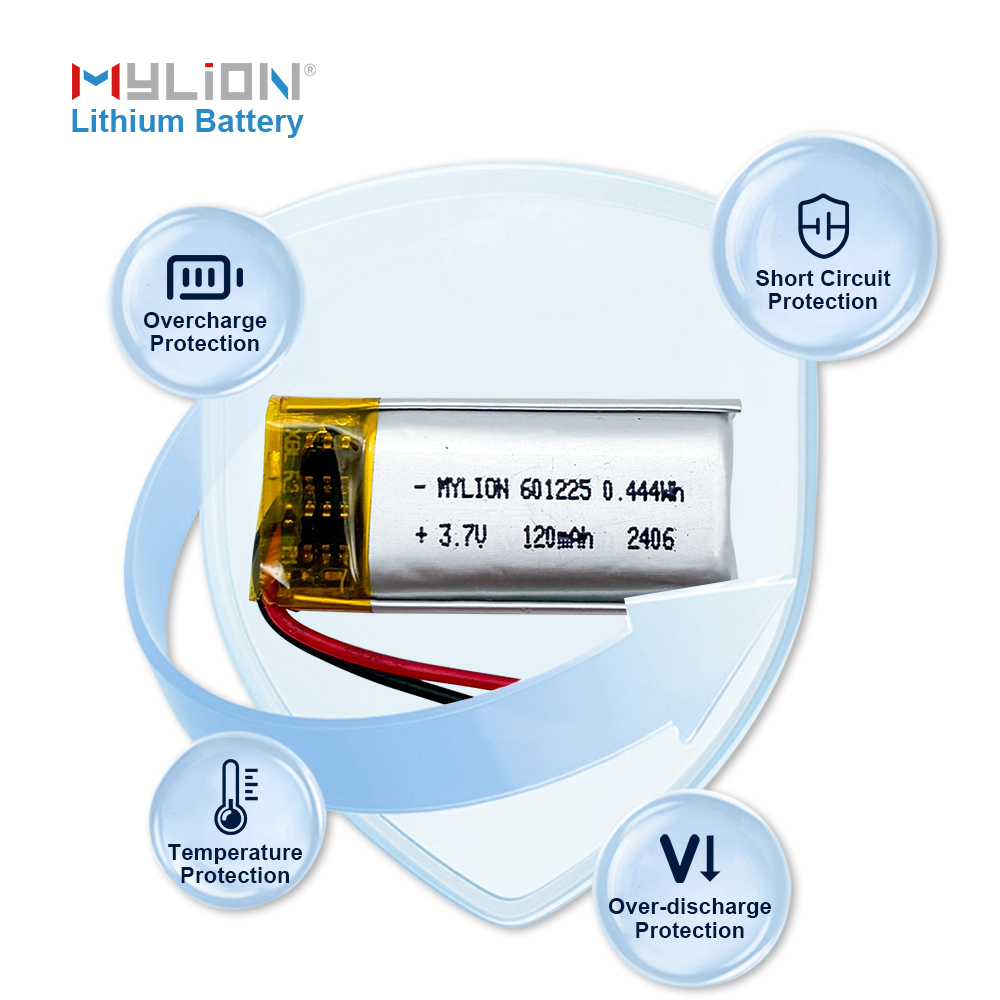
Conclusion: Making the Right Choice
When choosing a LiPo battery for your specific needs, it’s critical to consider the device type, power requirements, and how often you plan to use the battery. By focusing on key factors like battery capacity, discharge rate, cycle life, and safety features, you can select the right LiPo battery that provides the best performance, life, and reliability.
For drones and remote-controlled vehicles, focus on higher capacities and C-ratings for high-power applications. For portable electronics, consider smaller LiPo batteries with lower discharge rates. Always put safety first and choose LiPo batteries with built-in protection circuits and storage bags, especially if you plan to charge or store the battery for long periods of time.
By understanding these elements, you can ensure that your LiPo battery not only meets your performance needs, but also lasts longer and operates safely.

